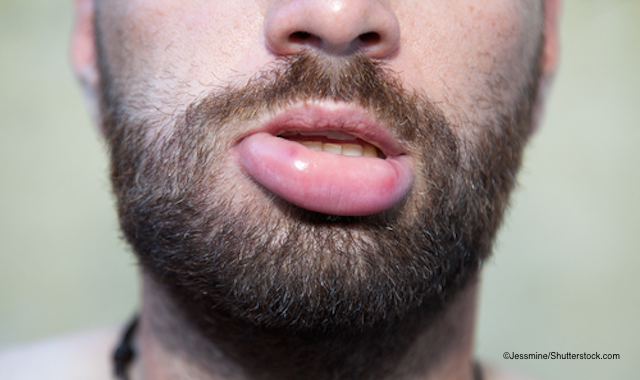- Acne
- Actinic Keratosis
- Aesthetics
- Alopecia
- Atopic Dermatitis
- Buy-and-Bill
- COVID-19
- Case-Based Roundtable
- Chronic Hand Eczema
- Chronic Spontaneous Urticaria
- Drug Watch
- Eczema
- General Dermatology
- Hidradenitis Suppurativa
- Melasma
- NP and PA
- Pediatric Dermatology
- Pigmentary Disorders
- Practice Management
- Precision Medicine and Biologics
- Prurigo Nodularis
- Psoriasis
- Psoriatic Arthritis
- Rare Disease
- Rosacea
- Skin Cancer
- Vitiligo
- Wound Care
Article
Bizarre ICD-10 codes for derms
The new ICD-10 codes include some real oddities for dermatologists.


The 68,000 codes in the new ICD-10 system offer many opportunities to leave you scratching your head. You know, the part of the body that could harbor L81.2 (freckles), H01.115 (allergic dermatitis of left lower eyelid) or L70.5 (acne excoriée des jeunes filles).



Plenty of weirdly specific codes are getting attention in the medical press, like struck by duck, struck by macaw, and struck by turtle. If you’ve ever had a patient who walked into lamppost (ow!) or experienced an intriguing other contact with cow (moo!), you’ll need to look up codes. And be on the lookout for patients who experience medical issues related to a place like the prison swimming pool, a chicken coop, a squash court, the opera house or an art gallery.



But what about the ones that dermatologists might actually encounter in the ICD-10 code set, better known by the maniacally-detail-oriented as the International Statistical Classification of Diseases and Related Health Problems 10th Revision?
Many skin-related ICD-10 codes-which went into effect on Oct. 1-will seem routine, although there’s quite a bit of specificity compared to the old ICD-9 codes. For example, you may run into the aforementioned acne excoriée des jeunes filles-“picking acne” in young girls. Sorry, young boys or adults or anyone else with picking acne…no code for you!



Here’s some advice for derms on the code front:
• Rural derms should memorize W61.33XA, or pecked by chicken, initial encounter. But don’t get your poultry mixed up, doctors! Pecking by turkeys is totally different. See W61.43XA.



An itch by any other name might itch just as much... but the name still matters to the coding system. Norwegian itch, coolie itch and barber’s itch have different codes, but poultrymen’s itch, cheese itch and grocer’s itch share the same one (B88.0: Other acariasis.)



Pay close attention (but perhaps not too close) to where insect bites are. Scalp, nose, penis, anus, lip, vagina/vulva and other finger all have codes of their own. There’s even one for insect bite (nonvenomous) of right little finger.



Keep an eye on where you find a bite. Maybe it’s an open bite on the thyroid gland (S11.15). The sources of bites matter too, whether they come from a cow, cat, goat or something more unusual (moray eel, sea lion, terrestrial turtle, non-terrestrial turtle, shark, alligator, crocodile, millipede). Each of these has a code of its own.


Finally, if you’re feeling overwhelmed by all these codes, consider this: Things could be worse, as we learn from K64.4 residual hemorrhoidal skin tags, T63.632 toxic effect of contact with sea anemone, intentional self-harm and X52 prolonged stay in weightless environment.
If you find yourself coping with a patient who has one of these complaints, feel free to tear your hair out and then seek assistance immediately for R46.1 bizarre personal appearance.
Newsletter
Like what you’re reading? Subscribe to Dermatology Times for weekly updates on therapies, innovations, and real-world practice tips.







